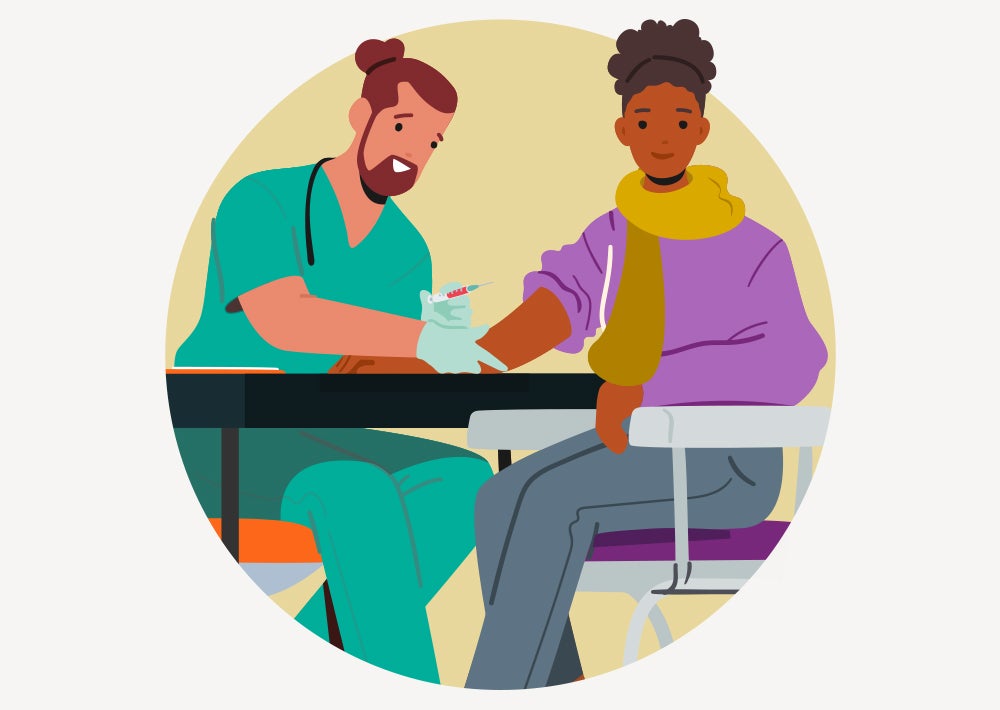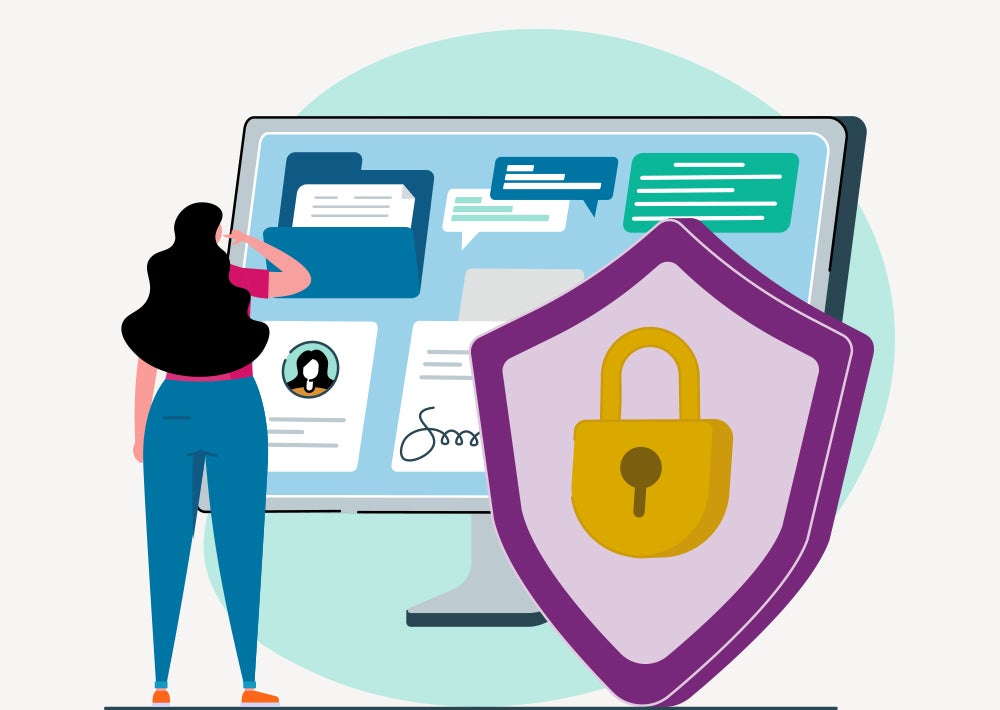
Vaccine hesitancy has always posed challenges to uptake. But today, new hurdles are impacting patient decision-making in unprecedented ways.
Vaccine hesitancy is as old as vaccines themselves, but it presents itself differently today. Digital platforms have changed how people access information, and in a data-rich world, anyone can find a study to confirm their bias. But even as technology has created new obstacles to discerning factual information, it also offers ways to help people identify misinformation—and support to ensure that individuals who want to receive vaccines can do so.
Phreesia recently hosted a webinar to discuss the drivers of and responses to vaccine hesitancy, with a particular focus on the roles of mistrust, inconvenience and complacency in vaccination avoidance. With a recent Phreesia survey finding that nearly three-quarters of respondents were either worried or uncertain about the side effects of vaccines, there is a pressing need to find ways to reassure patients and address other barriers to immunization uptake. Read on to learn four techniques for increasing vaccine adoption from a few of our Phreesia experts.
1. Listen to patients
Although the public’s overall trust in experts has eroded, patients continue to value their physician’s input, as well as that of other healthcare professionals, even when they have doubts about vaccines. Alicia Cowley, MD, MBA, Director of Clinical Content at Phreesia, starts immunization conversations with her patients assuming they are ready to accept vaccines and pivots if they are hesitant or decline. The priority then shifts to understanding that patient’s thinking.
“We need to find out what they’ve heard, what they’ve read and start by answering their questions,” Dr. Cowley advised. “There is a technique that has become increasingly popular called motivational interviewing. That can help with really drilling into what the questions are and respectfully having a conversation. We should be encouraging questions, having an open dialogue and really approaching the individual who’s having mixed feelings from a place of empathy.”
2. Prebunk to prevent hesitancy
While healthcare professionals can allay concerns about vaccines, the ultimate goal is to keep patients from developing those concerns in the first place. Many digital platforms are working to tackle that problem by identifying and calling out vaccine misinformation. Yet, as Thea Briggs, Director of Strategy at Phreesia, pointed out, labeling an anti-vaccination post as misinformation is unlikely to change the mind of a person with established views on vaccines.1 Rather, the focus should be on helping patients recognize mis- and disinformation before they are exposed to a particular argument or post.
Briggs highlighted “prebunking”—a strategy that proactively teaches the public what mis- and disinformation can look like. It’s a newer technique, but its based on the well-established inoculation theory that has long been used in health promotion, generally—and early results in the vaccine space look promising,2 she said.
“It’s not about contrasting fact for fact,” Briggs explained. “It’s about getting folks to think critically, from an information-literacy perspective, about what types of information look good and what they should think twice about.”
Jai Seth, Senior Research Manager at Phreesia, further framed the concept of prebunking as a scalable approach to tackling vaccine hesitancy. “There isn’t enough time to reactively address individual and hyperspecific [vaccine] claims that may be untrue or at least misleading,” Seth said. He added that even if there was time to investigate every such claim, the vast amount of conflicting evidence available to consumers means that healthcare providers need to teach patients how to distinguish between reliable and unreliable data.
3. Offer self-scheduling
It’s hard to convince people to change their views, and as such, it will take time for vaccine mis- and disinformation counterefforts to translate into increased immunization uptake. But there are additional hurdles to clear. Stakeholders also need to address patient perceptions that getting vaccinated is inconvenient and difficult and ensure that everyone who needs and wants a vaccine can easily get one. Self-scheduling and messaging reminders can address this particular vaccination barrier.
“There are so many people who have a hard time calling to get an appointment, so they need to be able to do that on their own time and find [a time] that works for them,” Dr. Cowley said. “Text messaging is the best way for recall messaging. Everyone has a phone on them at all times. We can send messages in a way that people see them, no matter what they’re doing, whether they’re at work or at leisure.”
4. Deliver segmented messages
The effectiveness of that communication, however, depends on getting the right messages to the right patients. And providers have learned from experience that sending the same pro-immunization message to everyone in their database fails to sufficiently increase vaccination rates in some of the communities within their service area.
“Broad spread [vaccine promotion] isn’t working well enough,” Briggs said, pointing to the persistent disparities in vaccine adoption rates across different communities. “Segmentation can support different populations where the main messaging—the middle of the bell-curve messaging—just isn’t having the effect you want to have. That can be historically disadvantaged groups, that can be groups that have different subjective interpretations. Sometimes it’s a different piece of information that’s going to help one cohort versus another.”
Click here to watch the webinar replay and learn more about how Phreesia’s patient engagement platform can help you reach patients with vaccine education.
References
1 “Effects of fact-checking social media vaccine misinformation on attitudes toward vaccines,” ScienceDirect, 2021.
2 “Prebunking interventions based on ‘inoculation’ theory can reduce susceptibility to misinformation across cultures,” Misinformation Review, 2020.


